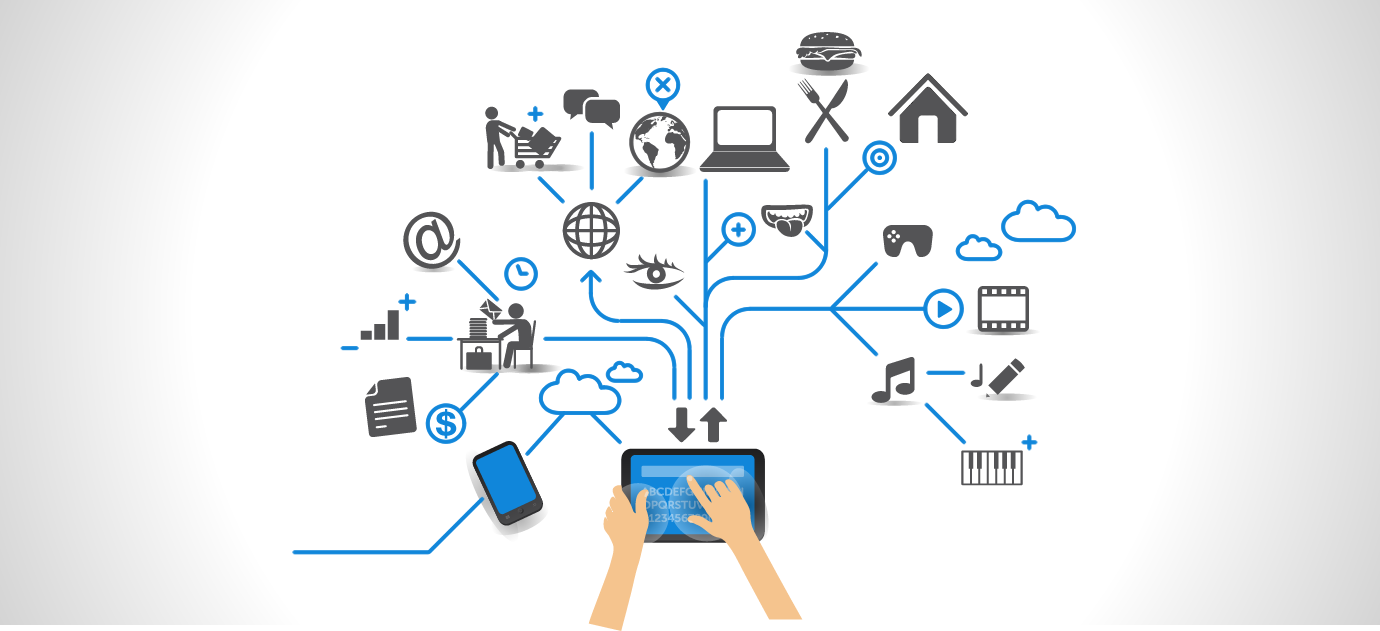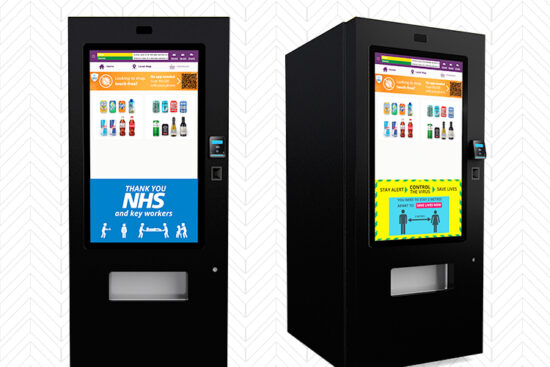
29th June 2015 by Jason Vincent
Making the Internet of Things (IOT) Affordable
I attended a seminar co-hosted by Howarth Lynch and Concirrus entitled ‘Making the Internet of Things (IOT) Affordable’ last Thursday, conveniently held at the Markel offices in the Walkie Talkie building.
When I came across the invite by email, I was intrigued and didn’t read into it much further, proceeding to booking a spot almost instantly. I suppose I was expecting the session to focus more on the actual costs of operating IOT networks, and even building them. This is an area of heated debate with strong competition between different players, some focusing on leveraging existing cellular infrastructure, and others on establishing their own infrastructure for building radio frequency networks, mesh networks etc.
The topic of cost comes up time and again when looking to make devices smart. It’s arguably the primary barrier to adoption for most organisations. It also involves a shift in their revenue model which may not have an immediate impact on their bottom line for years to come. So why is there such a push to make everyday devices and even consumables smart? Before we look at some specific examples of opportunities (some of which were expertly highlighted at the seminar by Markel as opportunities within the insurance sector), let’s look at 3 of the most prevalent reasons for making devices smart today:
- Provide a better level of customer service
This is an easy one to understand, and has traditionally been one of the main arguments for the adoption of IOT in the facilities management and vending markets. By ensuring visibility of assets in the field, be it their operating status (is the fire alarm operational?) or their capacity (is the soap dispenser in the gents washroom on floor 10 empty?) operators can be more proactive rather than reactive in ensuring their ‘network’ of assets are working optimally. This indirectly translates to a higher level of customer service – customers expect consistency and reliability. - New functionality
Create products with functionality that was previously not available. This may include controlling your kettle, lights or heating from your phone. It provides a convenience factor, but arguably in some cases provides limited benefits. This has lead to the creation of a large number of IOT devices that serve very little real purpose. The challenge in such cases comes back to connectivity – if manufacturers and product developers aren’t delivery real value to either businesses or consumers, they can’t justify subscription fees for their devices, being therefore limited to use Wi-Fi etc to deliver connectivity as this doesn’t incur any ongoing costs. - Accountability
Nowhere is this more immediately apparent than within the insurance sector. Providing the ability to verify information particular to claims will likely prove to be invaluable to insurance companies and underwriters in the future. For instance, leveraging ‘connected home’ devices to detect when consumers leave their home unattended for prolonged periods of time could easily invalidate most home insurance policies. Nest is a great example of a device that is already permeating thousands of homes, and capable of handling this on it’s own. Other examples could include leaving cargo unattended for more than a pre-set period of time, or in the future leveraging telematics to only pay out claims for responsible drivers (should motor insurance companies really be liable for accidents above the speed limit?).
The one thing all IOT devices have in common is their need to communicate, and this is where the price point of being able to establish this level of communication becomes important. One of the main challenges is just how broad the IOT eco-system actually is. We need the ability to connect devices from one-off messages sent from agricultural sensors when certain thresholds are surpassed, through to streaming media to digital devices in real-time, whilst still receiving basic telemetry from that same device. These two examples are on complete opposite ends of the data requirements spectrum – from a few bytes per message in a ‘send only’ mode, through to extensive amounts of data that needs to be constantly connected and have the ability to both send and receive information.
The question is whether a common infrastructure and technology can cost-effectively cater for both of these extremes, or whether we actually need to be looking at very different sets of technology encompassing communication protocols, in-device hardware and server infrastructure. Perhaps the answer is not yet, but with the scale of the opportunity growing every day, it’s likely that the landscape will rapidly change.
Traditionally when we talk ‘M2M’ the consensus seems to be that we’re always sending small amounts of data in some form of low bandwidth message protocol. This has been traditionally the case over GPRS networks and now with proprietary networks such as SIGFOX. But personally, I believe M2M applications extend far beyond this, and as time goes by rich media and extended requirements will lead to an ever increasing amount of data that needs to be collected, processed and transmitted. This is where networks like SIGFOX run into a brick wall due to several key constraints: Their pricing model just doesn’t fit higher bandwidth applications; Their data throughout is limited as a consequence of the RF spectrum they’re using. I struggle to see how their network could be adapted to cater for some of these wider use applications.
As network operators and MVNO’s start entering the M2M space and price competition leads to more competitive (and reasonable) pricing models, it will make the case for GSM based M2M networks far more competitive. Definitely within the consumer space, if smart tech companies could aggregate packages and connect all of a consumer’s home devices for a fixed monthly fee, then suddenly connecting your bathroom scale or toilet to the internet doesn’t necessarily require a business case for itself. I for one, would happily pay a monthly fee to know that my entire home could be reached from my phone at any given time; That my weight could be tracked seamlessly every morning; My fridge supplies re-ordered on demand, and perhaps best of all, if I decided to change my Wi-Fi password, I wouldn’t need to go through the trouble of reconnecting all my devices as I would typically need to today!
There are, of course, countless other reasons and benefits for using networks such as SIGFOX that we haven’t explored. One of the main ones that jumps to mind is the significant power consumption advantages, where establishing a connection and transmitting a message uses a fraction of the power of traditional GSM or even BLE networks – this is an undeniable benefit, particularly for remote applications where power is scarce or even entirely unavailable.
References:
Image from: https://www.rickscloud.com/wp-content/uploads/2015/06/IoT-Graphic.png




